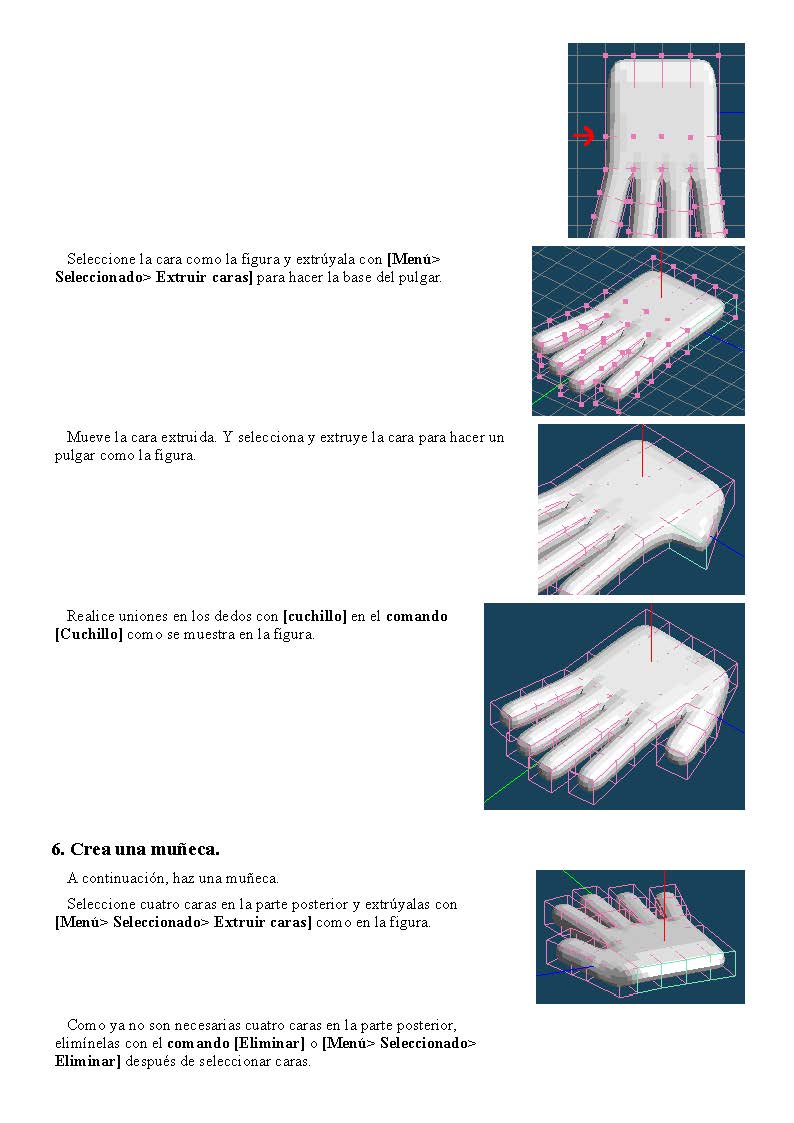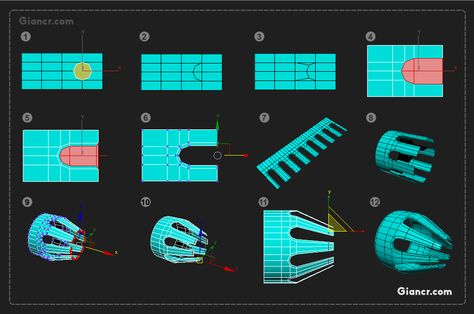

Now the object had the holes I needed, and 100% quad topology: Then I got rid of those tris by cutting edges into some of the faces to make the screw holes. I was modeling in inches, so I slid the inner edges until they were exactly 2 inches in diameter, and deleted the inner faces. Miss Nancy had tubes that measured 2 inches in diameter, so the hole needed to be exactly 2 inches. Next, I needed a hole for the center cylinder lip. They weren't going to be there for long, I just needed them temporarily.

Notice the four tris at the top, bottom, and sides. The 12 sides were the key element, because my next step was cutting edges to make 95% quad topology, like this: I started with a 12 sided Ngon, like this:

If this were going to be a 4-holed flange, where each hole was spaced evenly around the ring, then that's probably the route I would have started. So typically, you would think to start with a ring of quads, and just cut some holes in the proper places, and then start extruding. I picked one with 3 (and a secondary hole in the upper lip part for a fastening bolt), because I felt due to the toplogy, punching 3 larger holes in the model, positioned the way they are here, seemed slightly more challenging than 4, just because of how they are spaced out. Some have 4 screw holes, and a few have 3. If you do a search for "floor flange" on Google, you'll find TONS of different kinds of flanges. So here's how I modeled this flange in 3dsmax.įirst, I'll show you the reference image I used. It's a really easy object to model, and there were many ways to attack it, but when I saw the reference image, I thought of a slightly unorthodox procedure to achieving this, and feel it might worth sharing for discussion. The other day, I began modeling a floor flange for Miss Nancy, a member of the community here, and while it seemed like a straight forward process.


 0 kommentar(er)
0 kommentar(er)
